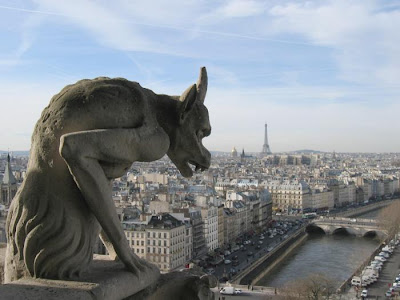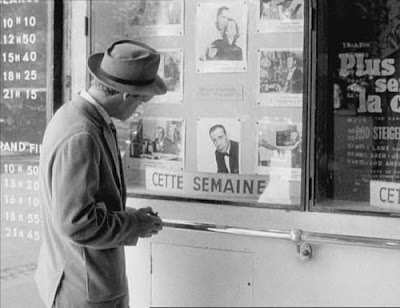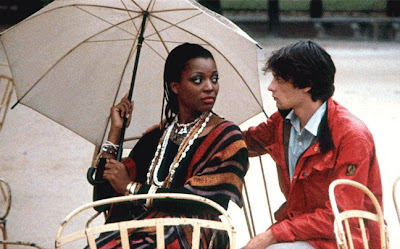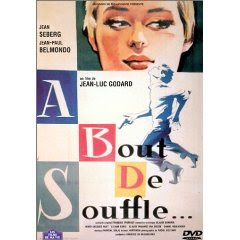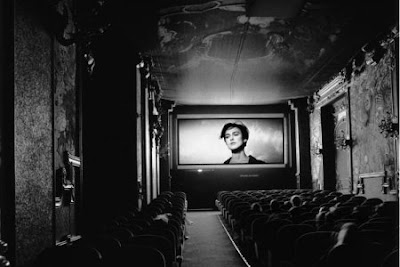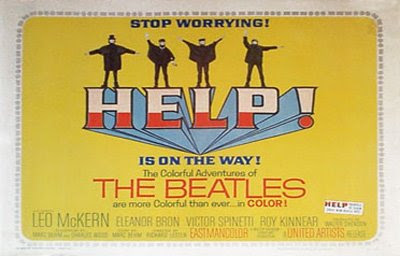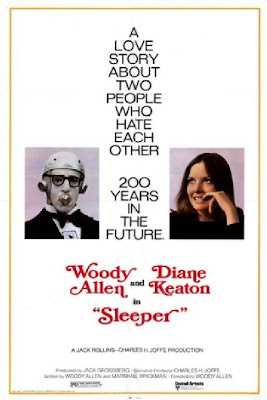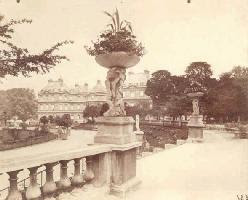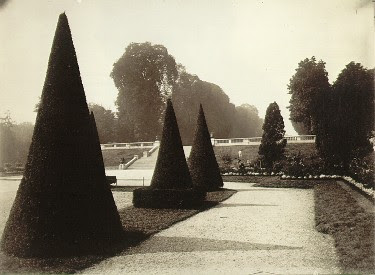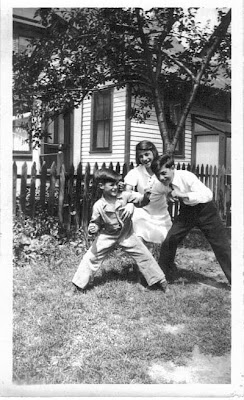 LIVING ON THE CHEAP
LIVING ON THE CHEAPEarlier in the month,
Astronave wrote on her blog about living on limited income in the twenty-first century. Her piece inspired me to ask our father, on his most recent visit, to talk about growing up during the Great Depression. He was born at home in 1931 in a Milwaukee immigrant neighborhood and entered his teens during World War II.
I asked my father how his family and community made ends meet during lean times. As with Astronave's experience, creativity, determination, and entrepreneurial spirit are required. Below are some of my father's memories.
Fun and GamesWithout television, radio brought news and entertainment for free to most homes during the Great Depression. And boxing was second only to baseball as American's favorite sport. In the photo above, from the late 1930s, my father
(left) and his brother Tony
(right) box for the camera as their sister Vi referees in the background.
Billy Conn, known as the "Philadelphia Kid," debuted as a professional boxer in 1934 and won the world Light Heavyweight title in 1939. He went on to
fight Joe Louis in 1941, a match my father still remembers. Billy Conn was his man.
Gotta Have Wheels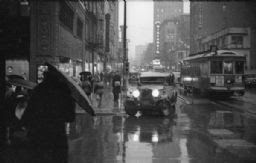
Americans of my father's generation were not as mobile as we are in the twenty-first century. But motorized traffic was well established by the 1930s. The photo above shows downtown Milwaukee in the early 1940s.
On weekends, my father borrowed the neighbor's transit pass to ride the city's streetcars
(transit map booklet below). He could be gone the whole day, riding wherever he wanted and at no expense to him.
 Scooting Around
Scooting Around
With no money for new bikes or scooters, kids in my father's neighborhood scrounged for empty orange crates and 2 x 4 planks. They nailed the crates in an upright position onto the boards, then disassembled skates for the wheels, which they nailed onto the bottom of the planks. Wooden handles were optional, and voila. Homemade scooter for free
(above).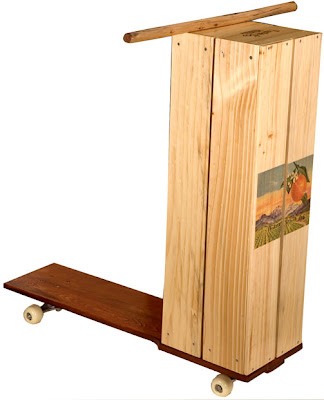
In 2009 you can buy one of these orange-crate scooters
(above)--made to order--from
Mountain Boy Sledworks in Silverton, Colorado. Hold your hat. They cost $120! Plus shipping.
Toys on Loan
If you couldn't make a scooter, kids could borrow one from
toy-lending centers around town (logo at left). Milwaukee had twenty of them. Toy-lending centers around the country accepted toy donations from residents of more means. They gave ice skates, dolls, doll houses, steam shovels, miniature cars you pumped with your legs, scooters, and other popular playthings of the era.
The County Delivers
My father had nine siblings (four sisters and five brothers). To feed the family, my grandparents relied, in part, on assistance from the county. They went to food distribution centers, which were organized to give away surplus agricultural products subsidized by the federal government to keep farmers solvent. Depending on what was in season, families would get rations of raisins, prunes, ring bologna, white flour, butter, lard, honey, barley, sugar, peanut butter, potatoes, and canned peas, carrots, and string beans.
The county distributed milk directly to homes. In Milwaukee, the Golden Guernsey dairy delivered daily in my father's neighborhood. But unlike the photo above of a Golden Guernsey delivery truck from 1938, the dairy delivered via horse-drawn wagons, such as the one pictured below from the mid-1940s.
 Gotta Have Caffeine!
Gotta Have Caffeine!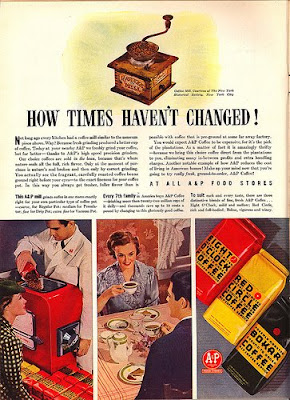
Coffee is a must in Sicilian families, and to stretch the supply of
A&P Eight O'Clock brand, my grandmother--Rosaria DeNicola--reused coffee grounds. She dried them in the sun on newspaper and then percolated a new pot of coffee, adding a small amount of fresh grounds to the old ones. (The ad pictured at left is from an April 1940 edition of
Woman's Day magazine.)
Music ManDuring the Depression, the Works Progress Administration (WPA) supported music and the arts in a variety of ways. In Milwaukee, my grandfather--Vincenzo--played the tuba for the WPA orchestra. They played at events all over town, and the salary he earned allowed him to supplement the family's diet with 20-pound boxes of spaghetti, wooden crates of anchovies, olives and olive oil, and Genoa salami.
The poster below from the Illinois WPA orchestra is representative of the era.
 Fuel for the Body
Fuel for the BodyMusic fuels the soul, and according to advertisements of the 1940s
(below), candy fuels the body. When my father was growing up, all the kids in town knew where to get a Baby Ruth candy bar for free--at the gospel tabernacle near the downtown movie theater. In truth, they weren't exactly free. You had to stay for a 15-minute sermon, after which the candy bars were put out--just in time for the first showing of the afternoon movies.

For more information about the Great Depression and World War II years, the Internet and historical societies around the country are great resources. The Minnesota Historical Society, for example, recently launched a comprehensive exhibit called
Minnesota's Greatest Generation: The Depression, The War, the Boom. The companion website is a rich trove. Check out your local historical society for more information about your community and its history.














